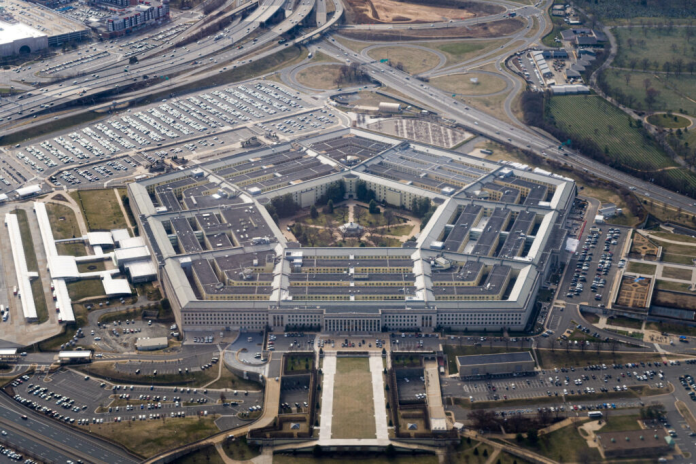The United States cannot engage in several armed conflicts at once, with its army, navy and air force designed only for brief, high-intensity conflicts, according to the American Enterprise Institute (AEI).
Mackenzie Eaglen of the AEI argues that US military resources are insufficient to “meet the simultaneous challenges posed by China, Russia, Iran, North Korea and terror groups across the globe.”
If the United States hopes to retain its position as a global power, it needs a military force formidable enough to stave off any challenger. With Russia threatening security in Europe and China doing so in Asia, it is critical we marshal resources now.
The US possesses the world’s most advanced military equipment, but its army lacks the manpower and resources needed to fight a major war. Recently, US President Donald Trump requested $1.01 trillion for the country’s defence spending.
Trump’s mandate for Defence Secretary Pete Hegseth to “refocus” the Pentagon should also ensure that the US military has the resources to withstand and win any large-scale conflict. Over the past few decades, Washington swapped “larger, more durable” military forces for high-tech but fragile ones, according to Eaglen.
Defence planners have made small quantities of expensive, cutting-edge weapons a priority over producing enough firepower for a long fight.
Ammunition shortages and obsolete equipment
Modern warfare evolved to require huge volumes of basic munitions such as artillery shells and missiles. By comparison, Ukraine deploys “up to 15,000 artillery shells” per day, whereas the United States produces only 40,000 shells per month.
Late last year, US warships exhausted a year’s supply of SM-3 interceptor missiles overnight while defending Israel against Iranian attacks. Offensive strikes against Yemen’s Houthis are also depleting the stockpile of cruise missiles critical to potential conflicts in the Pacific.
One of the main reasons for the small stockpiles of ammunition in the US, Eaglen says, is the lack of demand from the main buyer, the US government. Defence contractors produce only as much as they expect to sell, so “unless the government shows that it wants to buy more, defence companies will never produce more,” the expert added.
Only about 17 per cent of the Pentagon’s budget goes to purchase new equipment and weapons, with most of the funds being used “to maintain the force we already have.” As a result, the Pentagon is writing off old equipment faster than buying new, while the creation of new weapons is delayed.
Policymakers should increase the efficiency and scope of the Pentagon’s ammunition purchases while making it clear to the defense industry that it will maintain the demand.
Meanwhile, critics of increased military spending argue that boosting Pentagon spending and developing scenarios to deal with potential war should not be a priority response to “any tough security problem.” Crafting a strategy to prevent and terminate military conflicts should prevail over the militarisation agenda, they added.
